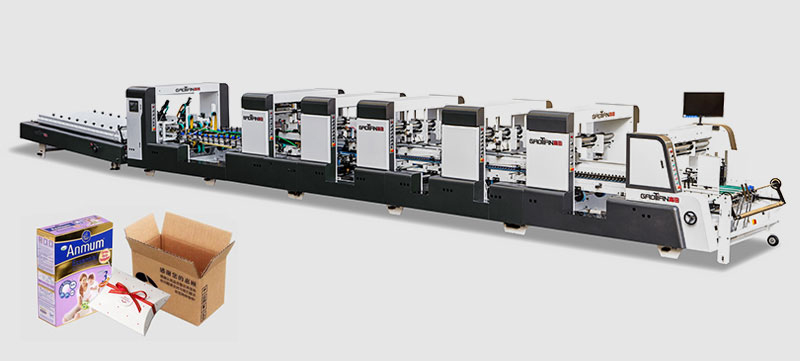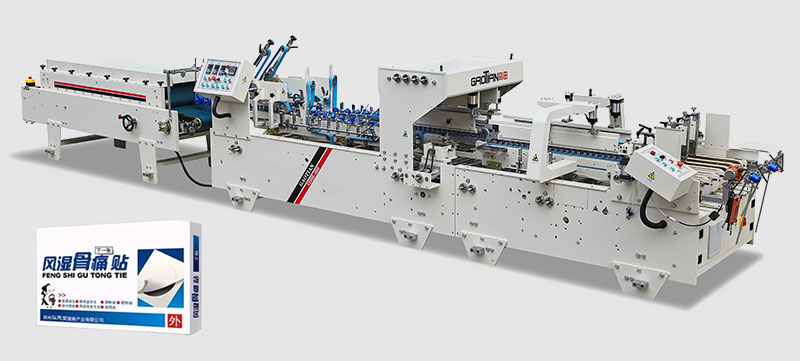Troubleshooting Strange Noises in Automatic Folder Gluer Machine
Strange noises from an automatic folder gluer machine are concerning. They disrupt the work environment and hint at potential problems like malfunctions, production delays, and higher maintenance costs. Knowing how to troubleshoot these noises is vital for smooth operation and efficient packaging production.

1. Importance of Addressing Strange Noises
These noises are warning signs. In the short - term, they can lead to defective boxes due to inconsistent glue application or improper folding. In the long - run, unaddressed issues can cause serious mechanical failures, such as a worn - out bearing seizing up, halting the machine and requiring costly repairs.
2. Identifying the Noise Source
2.1 Mechanical Components
Bearings: Worn or damaged bearings make grinding, rattling, or squealing sounds. Visually check for wear and use a stethoscope or screwdriver to listen closely. Replace worn bearings.
Gears: Noisy gears can be due to misalignment, tooth wear, or lack of lubrication. Check for damage, align and lubricate them. Replace if necessary.
Belts: Loose, worn, or misaligned belts create slapping or squealing noises. Inspect for fraying, cracking, or stretching. Tighten or replace as needed.
2.2 Electrical Components
Motors: Malfunctioning motors hum or buzz. Check electrical connections, the cooling fan, and use a multimeter to test windings. Repair or replace if faulty.
Solenoids and Relays: Malfunctioning ones make clicking or chattering noises. Check for arcing or burning on contacts and replace if not working.
2.3 Other Sources
Foreign Objects: Small objects like screws or cardboard can cause noise. Thoroughly inspect and remove them before restarting.
Fasteners: Over - tightened or loose bolts and screws cause vibrations and noise. Check and adjust them to the recommended torque.
3. Prevention Measures
3.1 Regular Maintenance
Lubricate moving parts, check component alignment, and inspect electrical connections regularly to catch issues early.
3.2 Operator Training
Train operators to recognize normal and abnormal sounds and perform basic troubleshooting.
3.3 High - Quality Components
Use high - quality, compatible parts when replacing components to avoid premature wear and malfunctions.
In summary, troubleshooting these noises needs a systematic approach. Proactive maintenance, operator training, and quality components can minimize issues and ensure smooth packaging production.





